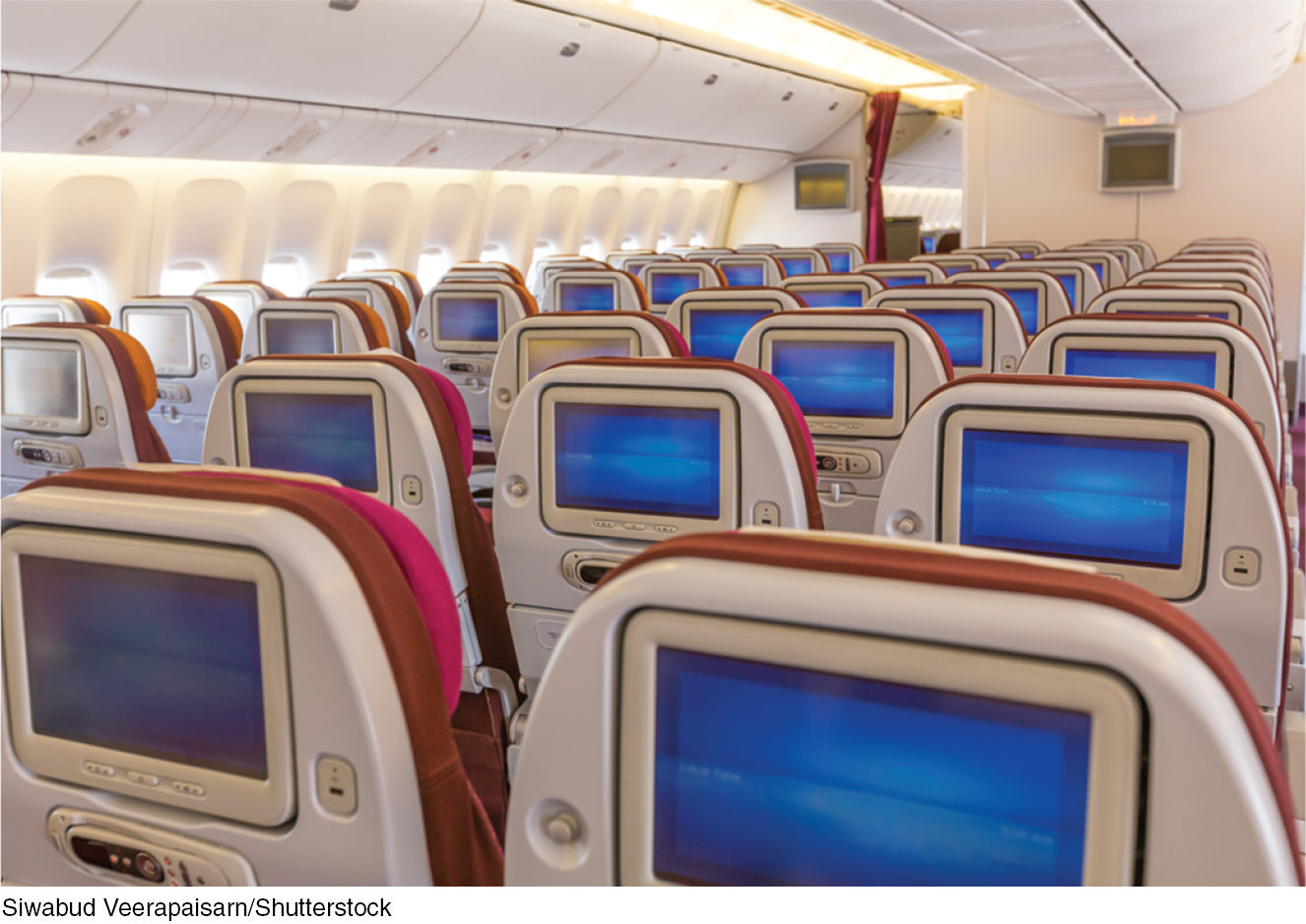313
Land, Capital Markets, and Innovation
12

314
Learning Objectives
12.1 Describe the impact of the supply of land on markets.
12.2 Determine the present value of an investment.
12.3 Compute the rate of return of an investment.
12.4 Describe how businesses acquire financial capital.
12.5 Describe the relationship between education and earnings.
12.6 Understand how market equilibrium levels for human capital are determined.
12.7 Describe the impact of economic profits on entrepreneurs and markets.
12.8 Explain the role of innovation in improving standards of living.
Have you ever dreamed of venturing into space without having to undergo years of astronaut training? Richard Branson, the CEO of Virgin Group, wants to make that dream a reality with the launch of Virgin Galactic. Already an innovator in the aerospace industry, Branson’s new space travel service will take six passengers at a time on a 3.5-
In the previous chapter, we studied how businesses rely on labor markets to acquire the workers needed to produce their products. To build a technologically advanced product such as a space plane, much more than labor is needed. First, the firm must buy abundant amounts of capital inputs, such as aluminum, glass, and engines, in addition to the massive machinery required to put the plane together. Second, the firm must obtain the financial resources to fund the operation until the planes are built, placed into service, and generate revenue. Third, the firm must find labor that has the knowledge to build airplanes. For Virgin Galactic, it would seek workers who studied aerospace engineering in college or those who have acquired skills from previous jobs, such as serving in the Air Force. Last, the firm must have the overall vision to provide the market with what it wants—

Although space travel might be just a dream for those unable to afford the expensive ride, examples of innovation abound in the aerospace industry. If you have recently flown on a commercial airliner, you may have noticed the technological innovations that are becoming more prevalent on airplanes. In some aircraft, you can now watch live TV, view movies on demand, and browse the Internet. Such features are just some of the amenities airlines are offering to make airline travel more enjoyable. Further, innovations in aircraft operation, such as lighter composite materials used in new aircraft, will allow significant savings in fuel, the largest cost component of airlines. Developing a plane that provides customers with new amenities while cutting operating costs is a major goal of the aerospace industry.
The necessary inputs (also called factors) for the production of commercial spaceships and airplanes require firms to use other resource markets, such as those for land and capital, in addition to the labor market. Land markets are used to obtain actual land along with natural resources. Capital markets are used to obtain physical capital, financial capital, and human capital.
This chapter begins with an analysis of the land market, followed by a study of the three capital markets and the role that each plays in the economy. The chapter concludes with a discussion of entrepreneurship, the factor of production that brings together all physical inputs to generate profits and leads to innovation that increases economic growth.
315